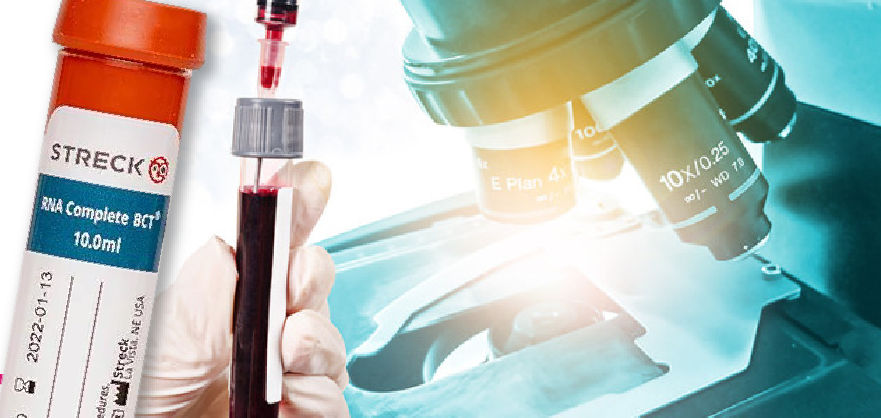Protein tyrosine kinases of the human epidermal growth factor receptor family, including EGFR and HER2, have emerged as important therapeutic targets in non-small-cell lung, breast and gastroesophageal cancers, and are of relevance for the treatment of various other malignancies (particularly colorectal cancer).
Classic activating EGFR exon 19 deletions and exon 21 mutations, and HER2 amplification and/or overexpression, are predictive of response to matched molecularly targeted therapies, translating into favourable objective response rates and survival outcomes. By comparison, cancers with insertion mutations in exon 20 of either EGFR or HER2 are considerably less sensitive to the currently available tyrosine kinase inhibitors and antibodies targeting these receptors. These exon 20 insertions are structurally distinct from other EGFR and HER2 mutations, providing an explanation for this lack of sensitivity.
In this Review, we first discuss the prevalence and pan-cancer distribution of EGFR and HER2 exon 20 insertions, their biology and detection, and associated responses to current molecularly targeted therapies and immunotherapies. We then focus on novel approaches that are being developed to more effectively target tumours driven by these non-classic EGFR and HER2 alterations.


